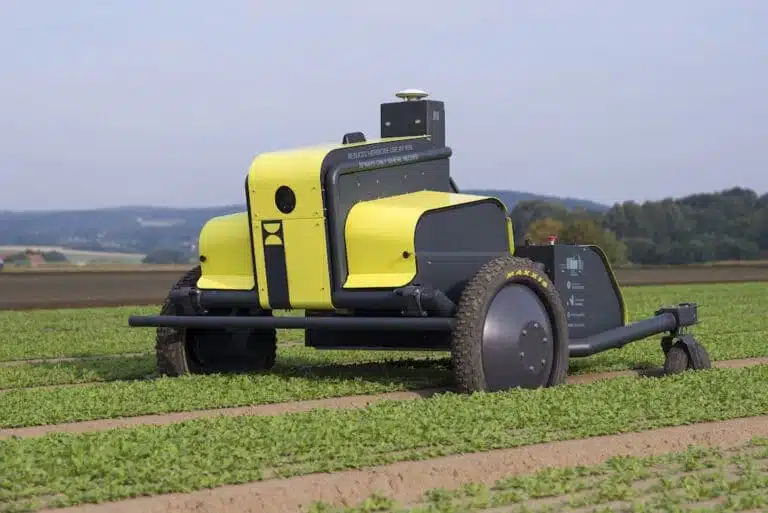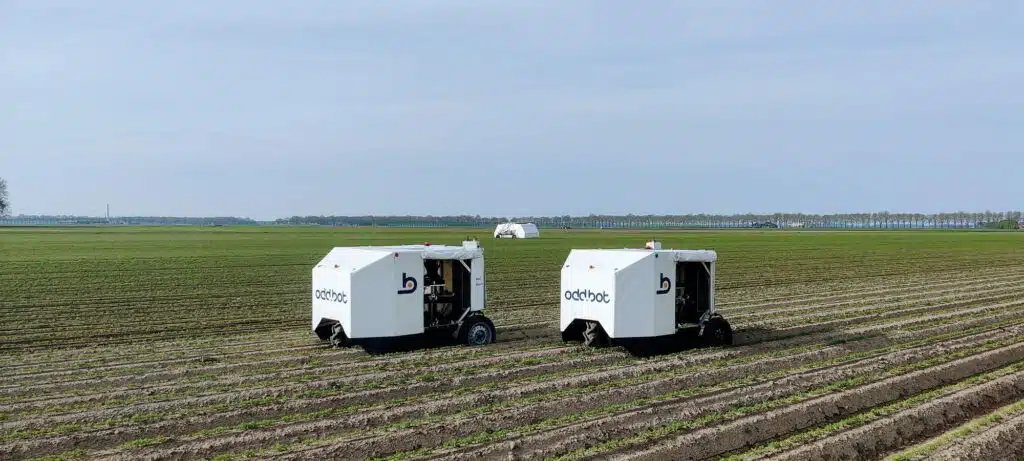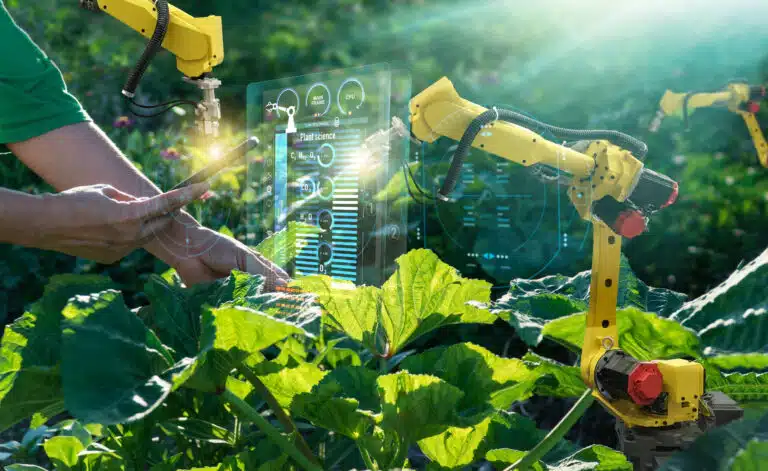In the quest for sustainable agriculture, technology stands as a beacon of hope, promising to revolutionize the way we cultivate our crops and maintain the health of our planet. At the forefront of this revolution are advanced artificial intelligence (AI), computer vision, and autonomous robots and devices, which together forge a new path toward environmentally friendly and efficient farming practices.
AI and Computer Vision: Detecting the Unseen
The integration of AI and computer vision in agriculture has opened new possibilities for monitoring plant health and detecting diseases early. These technologies can analyze images from drones or ground-based cameras to identify signs of stress, nutrient deficiencies, or pest infestations in plants. The precision of AI algorithms allows for the detection of issues that are invisible to the naked eye, facilitating early intervention and potentially saving entire crops from loss.
For instance, AI-driven image recognition can differentiate between healthy and diseased leaves with remarkable accuracy. This capability enables farmers to apply targeted treatments, significantly reducing the need for widespread pesticide use. Moreover, computer vision helps in monitoring crop growth and predicting yields, ensuring optimal harvest times and reducing waste.
“Kilter AX-1 has a number of cameras that produce the input to our deep learning models, which produce a precise classification to ensure that only weeds are treated with herbicides. The deep learning models are eager for training data to continuously improve the performance, so it’s essential for our operations to quickly and reliably be able to roll out updated models and software to our fleet of robots. Being able to gradually roll out updates to our customers is helpful to evaluate the latest updates and avoid regressions.” – Jarle Dørum – Chief Software Architect – Kilter AS

Autonomous Robots and Devices: A Hands-on Approach
The advent of autonomous robots and devices in agriculture has paved the way for high-efficiency manual interactions with plants and crops. These machines can perform a variety of tasks, from weeding and planting to harvesting, without human intervention. By targeting specific areas of need, they minimize the disturbance to the surrounding environment.
A compelling example is Odd.Bot, a company that provides a weed removal solution called the Maverick, which identifies and removes weeds among crops autonomously. This technology does away with the need for herbicides, fostering a healthier ecosystem.

Secure Management and Continuous Improvement of Agricultural Devices
With the proliferation of IoT devices in agriculture, managing and securing these devices becomes crucial. Continuous updates are essential, especially for AI models that require frequent refinement with new data to improve accuracy and efficiency. However, managing a global fleet of devices poses significant challenges in terms of security, scalability, and operational efficiency.
This is where platforms like qbee.io play a vital role. They offer a comprehensive device management solution that enables smart agriculture companies to securely manage and update their devices remotely. With features like automated configuration management, continuous delivery of software updates, and real-time monitoring, qbee.io ensures that devices remain secure and operate at their peak.
Real-World Applications and the Role of qbee.io
Companies like Odd.Bot, Kilter Systems, and Dimensions Agri leverage qbee.io to manage their agricultural technologies efficiently. For instance, Kilter Systems, which specializes in classifying crops from weed and only treating weed with herbicides, uses qbee.io to keep their systems secure and up-to-date, ensuring a 95% reduction in herbicide usage. Similarly, Dimensions Agri, focusing on precision farming solutions, benefits from qbee.io’s robust device management to optimize crop management techniques increasing yield by 9% while reducing herbicide usage by 90%. Odd.bot has chosen a different path getting rid of any chemical herbicide usage completely. By using a mechanical in-row weeding solution they can operate 100% organically, increasing yield and reducing manual labour by a great amount.
Quotation: “Having a robust and secure device management solution such as qbee.io helps us to update our edge device software frequently, which would be a hassle otherwise, considering all our customers are farmers in rural areas. This increases our rate of innovation and saves us substantial costs” – Odd.bot Dr. Ewoud Pool
Conclusion: The Pillar of Smart Agriculture Innovation
Efficient smart agriculture innovation is inextricably linked to the effective management of global fleets of devices. As the agricultural sector continues to embrace technology, solutions like qbee.io become indispensable in maintaining the security, reliability, and scalability of these innovations. By providing a solid foundation for device management, qbee.io enables companies to focus on their core mission: developing cutting-edge solutions for sustainable agriculture. With such technological support, the future of farming looks not only more productive but also more harmonious with the natural world.


